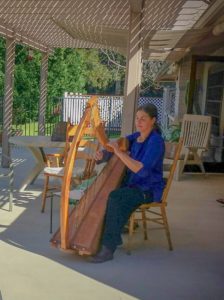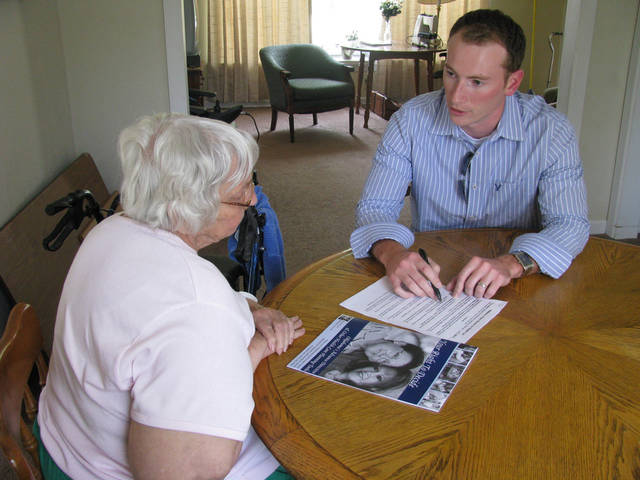by Linda Stalters and Raymond Y. Cho
Recently, the Centers for Medicare and Medicaid Services (CMS) proposed a troubling regulation that would weaken Medicare Part D, the federal program that helps 45 million American seniors and people with disabilities afford prescription drugs.
Part D is unique among government programs. The federal government allows people to purchase coverage from private insurers. The government subsidizes these plans but otherwise lets Medicare beneficiaries choose the coverage that’s best for them.
Congress did put some guardrails on insurers when it created Part D. It required Part D plans to cover all medications in six “protected classes” of drugs, including antipsychotics, antidepressants, and anticonvulsants. These medicines help treat people with schizophrenia and other psychiatric illnesses.
The proposed regulation would amend the six protected classes rule and allow insurers to exclude many drugs from Part D plans. Millions of Americans who rely on these crucial medications would be left to fend for themselves. Congress must halt this regulation now.
Our nation is struggling to provide care for people with schizophrenia and other psychosis-based illnesses. These patients die 10 to 28 years sooner than other Americans, and hundreds of thousands of people with serious psychiatric illnesses have been “re-institutionalized” in state prisons and county jails.
CMS is advancing this rule as a cost-saving measure. But any short-term savings would be canceled out by increased spending on emergency rooms and the penal system, since more people with serious brain disorders will end up in jail.
In addition to antipsychotics and anticonvulsants, the six protected classes include immune-suppressants for treatment of transplant rejection, HIV/AIDs drugs, and cancer medications.
The regulation also authorizes insurers to use “fail first” policies on drugs in the six classes. These policies require patients to take cheaper, less effective medications first. Only when these drugs fail will the insurer allow doctors to prescribe newer, more effective drugs.
If patients must endure successive failures on the least costly medications first and bear the associated increases in cost, what message does that send? In particular, for patients with serious psychiatric illnesses, “failure” means a harrowing descent into a psychotic crisis often ending in an emergency room admission or worse.
Individuals who suffer from schizophrenia-related brain illnesses are clinically complex patients, in part, because their treatment regimen includes multiple medications. Due to genetic differences across individuals, each antipsychotic and antidepressant medicine produces varied outcomes and side effects.
It takes time to find the correct medication regimen. If insurers limit which medicines are available, patients will suffer.
The CMS proposed rule affecting the six protected classes in Part D would not save money — rather, it would cost lives. We implore Congress to ensure the six protected classes remain protected.
Linda Stalters, M.S.N. is the founder and CEO of the Schizophrenia and Related Disorders Alliance of America. Raymond Y. Cho, M.D., SARDAA’s board chairman, is a professor of psychiatry at Baylor College of Medicine.





